E-böcker / Historia
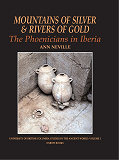
Mountains of Silver and Rivers of Gold
The traditional picture of the Phoenicians in Iberia is that of wily traders drawn there by the irresistible lure of the fabulous mineral wealth of the El Dorado of the ancient wor ...
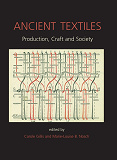
Ancient Textiles
An understanding of textiles and the role they played in the past is important for anyone interested in past societies. Textiles served and in fact still do as both functional and ...

First Aid for the Excavation of Archaeological Textiles
This small booklet is an important conservation guide. It deals with the special care required in order to deal with these delicate fabrics during their excavation and recording. I ...
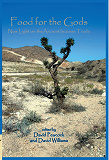
Food for the Gods
The story of incense is one of the most intriguing in both eastern and western culture. From the first millennium BC to the present day it has been sought after and valued on a par ...

Current Research in Egyptology 2005
The sixth annual Current Research in Egyptology symposium took place from 6th-8th January 2005 at the University of Cambridge. Although the topics covered by the papers were many a ...
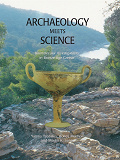
Archaeology Meets Science
The 'Archaeology meets Science' project is currently transforming our understanding of the Minoan and Mycenaean civilisations, through the in-depth application of state of the art ...
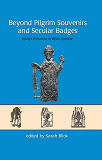
Beyond Pilgrim Souvenirs and Secular Badges
Brian Spencer, former Keeper of the Museum of London, was a major scholar of medieval popular culture. He almost single-handedly established the study of pilgrim souvenirs and secu ...
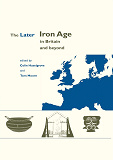
The Later Iron Age in Britain and Beyond
The nature and causes of the transformation in settlement, social structure, and material culture that occurred in Britain during the Later Iron Age (c. 400-300 BC to the Roman con ...
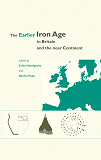
The Earlier Iron Age in Britain and the Near Continent
The Earlier Iron Age (c. 800-400 BC) has often eluded attention in British Iron Age studies. Traditionally, we have been enticed by the wealth of material from the later part of th ...

Medieval Adaptation, Settlement and Economy of a Coastal Wetland
Romney Marsh is the largest coastal lowland on the south coast of England. Since 1991 excavations in advance of gravel extraction around Lydd on Romney Marsh, have uncovered large ...
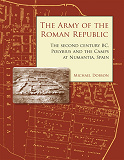
The Army of the Roman Republic
The main source of archaeological evidence for Late Roman Republican camps is a complex of installations around the Iberian city of Numantia in Spain, excavated by Adolf Schulten i ...
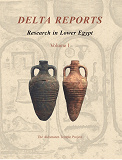
Delta Reports, Volume I
Delta Reports is a new series that will make available the substantial amount of archaeological work that has been undertaken in the Delta region of Egypt over recent decades. Vo ...
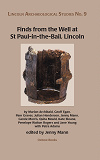
Finds from the Well at St Paul-in-the-Bail, Lincoln
This report examines the finds from the 17th-century backfill of a well in the churchyard of St. Paul-in-the-Bail. Dug possibly as early as the 1st century, the well lay within the ...
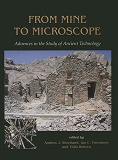
From Mine to Microscope
These twenty papers dedicated to Mike Tite focus upon the interpretation of ancient artefacts and technologies, particularly through the application of materials analysis. Instrume ...
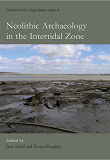
Neolithic Archaeology in the Intertidal Zone
This volume is based upon a conference which took place in 1999, reflecting the developing interest in intertidal archaeology and concentrating on the Neolithic period, as well as ...
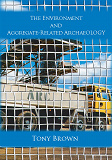
The Environment and Aggregate-Related Archaeology
This volume provides a synthetic review of the background and archaeology that has emerged through archaeological interventions associated with the quarrying of sand, gravel, and r ...
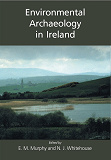
Environmental Archaeology in Ireland
This edited volume of 16 papers provides an introduction to the techniques and methodologies, approaches and potential of environmental archaeology within Ireland. Each of the 16 i ...

Quality Management in Archaeology
Quality Management in Archaeology deals with the effects of the profound changes that have had an impact on the discipline of archaeology all over the world. In North America, in ...
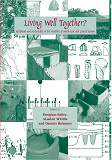
Living Well Together? Settlement and Materiality in the Neolithic of South-East and Central Europe
Living Well Together investigates the development of the Neolithic in southeast and central Europe from 6500-3500 cal BC with special reference to the manifestations of settling d ...
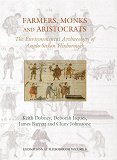
Farmers, Monks and Aristocrats
The environmental archaeological evidence from the site of Flixborough (in particular the animal bone assemblage) provides a series of unique insights into Anglo-Saxon life in Engl ...

Dungeness and Romney Marsh
The Romney Marsh / Dungeness Foreland depositional complex comprises an extensive tract of marshland and associated sand and gravel barrier deposits, located in the eastern English ...
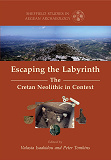
Escaping the Labyrinth
Beneath the Bronze Age 'Palace of Minos', Neolithic Knossos is one of the earliest known farming settlements in Europe and perhaps the longest-lived. For 3000 years, Neolithic Knos ...
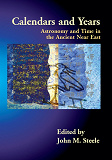
Calendars and Years
Dates form the backbone of written history. But where do these dates come from? Many different calendars were used in the ancient world. Some of these calendars were based upon obs ...
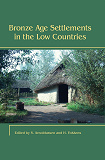
Bronze Age Settlements in the Low Countries
The Low Countries around the deltas of the river Rhine, Meuse and Scheldt have a long tradition in large scale archaeological research. This book brings together research from thir ...

The Mediterranean from 50,000 to 25,000 BP
The passage between the periods which we call Middle and Upper Palaeolithic has long held a special fascination for Palaeolithic archaeologists, but over the past ten years or so i ...
